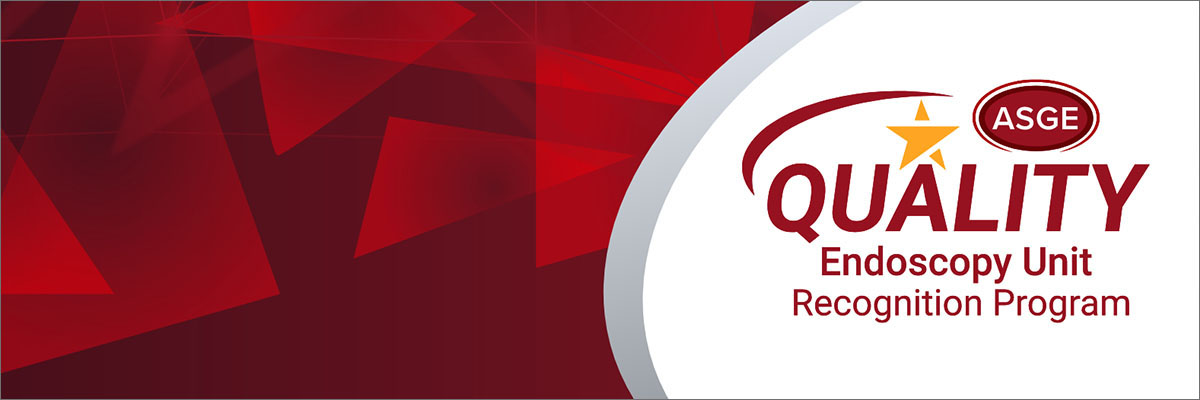The endoscopy staff identified inconsistencies in our preprocedure time-out process, including the information being shared and the attentiveness of all members. The goals of this project were to develop a standardized time-out format, engage all members of the team and increase patient involvement. The focus of our project was to improve patient safety and prevent adverse events resulting from miscommunication and/or misinformation.

Successful applicants to the ASGE Endoscopy Unit Recognition Program (EURP) submit a summary of a recently conducted quality improvement (QI) project as part of the application process. The QI project in the spotlight this month looked at looked at the pre-procedure time-out process.
Define
The endoscopy staff identified inconsistencies in our pre-procedure time-out process, including the information being shared and the attentiveness of all members. The goals of this project were to develop a standardized time-out format, engage all members of the team and increase patient involvement. The focus of our project was to improve patient safety and prevent adverse events resulting from miscommunication and/or misinformation.
Measure
Baseline data were collected in the form of random, secret audits completed by members of a newly formed five-member time-out committee. Audits focused on key pieces of information shared during the time-out, as well as the engagement level. A pre-intervention survey was distributed to the entire team to identify barriers to our current process and generate ideas for improvement. Baseline data showed that 57 percent of our time-outs lacked total staff engagement, and only 39 percent showed the patient could participate. Our aim was to create a standardized process that involved the patient and the entire team.
Analyze
Factors that contributed to our baseline data related to communication, knowledge gaps, multiple priorities and meeting procedure volumes. Collected data was shared with the team during huddles and staff meetings.
Improve
Numerous interventions were implemented:
- Development of a standardized flow sheet
- Frequent communication with key stakeholders
- Laminated flow sheets for each procedure room
- Delayed placement of the bite block
- Collaboration with procedural and surgical areas
Control
Following the above interventions, improvement was seen in numerous areas, including team engagement, patient participation and a more standardized approach. Post-intervention engagement scores showed a 50 percent improvement from baseline data in the above-named categories. Endoscopy staff members also verbalized an improvement in the overall process. Future plans include additional post-intervention audits, a post-intervention survey and continued communication regarding this important safety tool.
We hope sharing this project summary will be useful to you and your practice. Learn more about gaining honoree status in the ASGE Endoscopy Unit Recognition Program. Questions should be directed to eurp@asge.org.